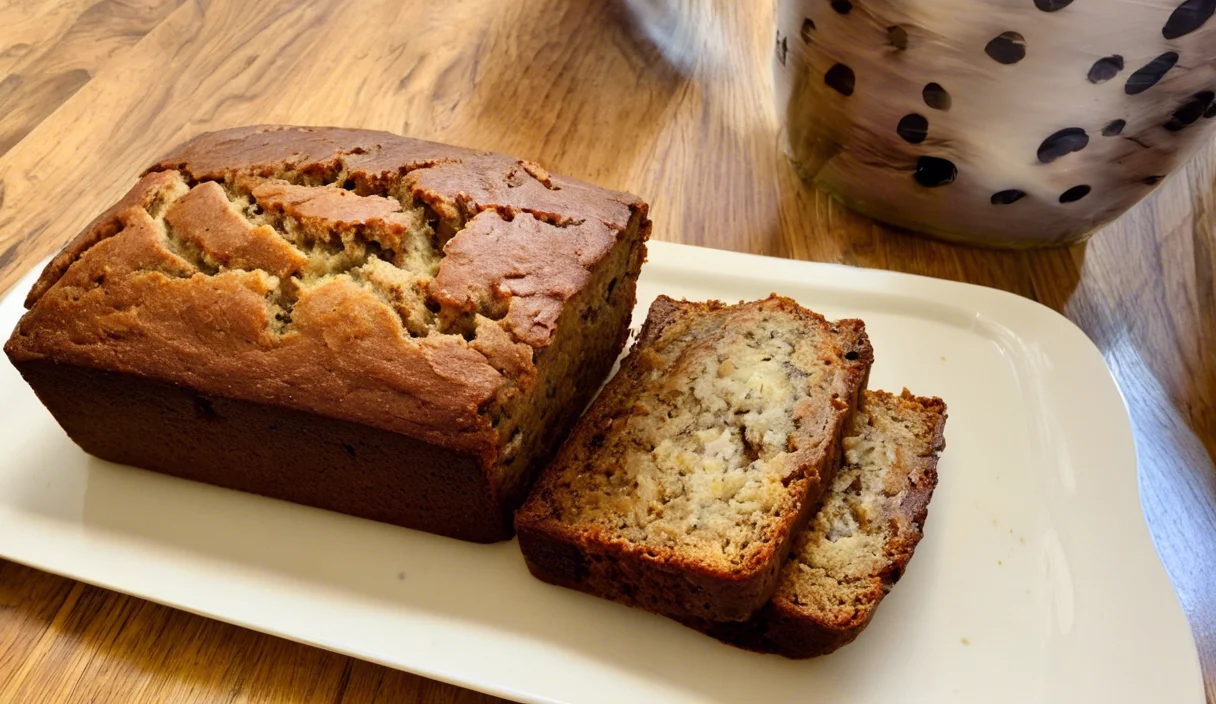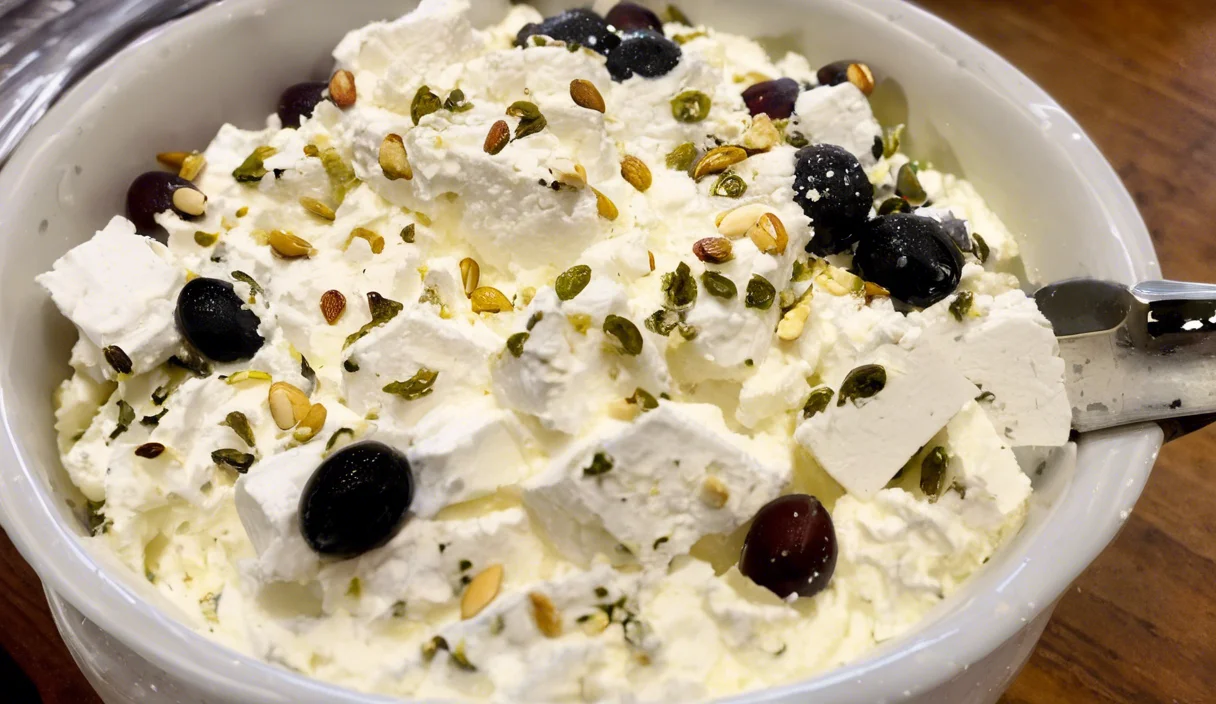Are you curious about brine and asking what the brine solution formula is? Whether you want to use it for preserving food, industrial purposes, or scientific processes, this guide will help you understand every aspect of what is the brine solution formula and how to use it effectively. Brine plays a critical role in many industries and practical applications. People use it everywhere, from preserving vegetables to large-scale industrial purposes like refrigeration and electrolysis.
Before diving into deeper concepts, let’s address the key question: what is the brine solution formula? Simply put, a brine solution mixes salt (usually sodium chloride) with water. The salt-to-water ratio can vary depending on its purpose, from a basic mixture for food preservation to complex solutions used in industrial processes. People have been using brine solutions for centuries, from early vegetable pickling to modern engineering and chemistry applications.
Understanding the Basic Brine Formula
To begin, the most straightforward answer to what the brine solution formula is: it’s a mixture of salt and water. You dissolve sodium chloride, commonly known as salt, in water to create brine. Making brine is simple, but getting the right proportions of salt and water is crucial to achieving the correct balance for your application. Whether you use it for pickling food, de-icing roads, or industrial purposes, the concentration of the mixture is the key factor.
In chemistry, brine ranges from weak to strong, depending on how much salt you dissolve. A brine solution used for pickling might contain only 5% salt by weight, while industrial brine, used in processes like electrolysis or refrigeration, can contain up to 25% salt. The more concentrated the brine, the lower its freezing point, which makes it useful in cold-weather applications.
In terms of the chemical formula, sodium chloride appears as NaCl, and water is H₂O. So, the most basic brine formula is NaCl + H₂O. However, the salt concentration in the water determines how effective the brine solution is for different tasks.
What is the Simple Brine Formula?
You might be wondering, what’s the best brine formula? For more details, check out this guide on brine solution proportions, which explains the exact proportions and variations. This is a general guideline, but the ratio can change depending on the intended use. For instance, if you are making brine for pickling vegetables, If you’re brining poultry, you might find this helpful: what is the simple brine formula for chicken. But for industrial purposes, such as de-icing roads or electrolysis, a much higher concentration, often 20-25% salt, is required.
The most important thing to remember when creating brine is that the salt must fully dissolve in the water. Stir the mixture well to ensure there are no salt crystals left undissolved, as this can affect the brine’s performance. The solution needs to be homogenous, meaning that every part of the brine should have the same salt concentration.
The simple brine formula serves as the foundation for many applications. Whether you’re using brine to preserve vegetables or using it in a refrigeration system, the concept remains the same. Dissolving salt in water creates a solution that can be adjusted to fit your needs.
Components of a Brine Solution
The basic components of any brine solution are salt and water, and understanding their roles helps you create the best brine for your purposes. Sodium chloride (NaCl) is the primary salt used because it is inexpensive and highly effective. When you dissolve sodium chloride in water, the salt molecules separate into ions, which then interact with the water molecules. This creates a solution that can influence the freezing point, conductivity, and other properties of the water.
Water acts as the solvent, dissolving the salt and allowing it to spread evenly throughout the solution. This process creates a homogeneous mixture, where every part of the brine contains the same salt concentration.
In some industrial applications, industries use other salts like calcium chloride (CaCl₂) to create a brine solution, especially when they need to achieve a lower freezing point. However, sodium chloride remains the most common choice.
It’s also important to note that the quality of the water used can impact the effectiveness of the brine solution. Hard water, for example, may contain minerals that can interfere with the salt’s ability to dissolve properly.
What is the Mixture of Brine Solution?
The mixture of a brine solution depends on the concentration of salt in water, and the ratio of these two components is critical to its success. A common brine solution for food preservation might be around 5% salt by weight, which means that for every 100 grams of water, there are 5 grams of salt. For stronger brines used in industrial applications, the salt concentration could be as high as 25%.
For example, in food preservation, what is the brine solution formula often starts with a 5-10% salt concentration because it allows for slow, controlled fermentation and preservation. This concentration works perfectly for pickling cucumbers or fermenting vegetables. In contrast, when industries use brine in refrigeration systems, they increase the salt concentration significantly to prevent freezing at lower temperatures.
The mixture of brine also varies based on the type of salt used. While sodium chloride is the most common, industries may use other salts like calcium chloride or magnesium chloride to achieve different freezing points or effects in industrial processes. In some cases, they may combine different salts to create a custom brine solution.
The key to creating the perfect brine is understanding the purpose of the solution and adjusting the salt-to-water ratio accordingly. The higher the concentration of salt, the stronger the brine.
Types of Brine Solutions
There are several types of brine solutions, each tailored for different uses. Understanding the different types of brine solutions can help you determine which one is right for your needs.
Light Brine Solution: Light brine solutions typically contain 5-10% salt and are most commonly used in food preservation, such as for pickling vegetables. The lower salt concentration allows for slower, more controlled preservation, ensuring that the food retains its texture and flavor.
Strong Brine Solution: Strong brine solutions, with a salt concentration of 15-25%, are used in heavy-duty applications such as de-icing roads, industrial refrigeration, and electrolysis. The high salt concentration lowers the freezing point of water, which is ideal for keeping roads ice-free in cold climates or cooling systems running smoothly.
Saturated Brine Solution: A saturated brine solution is one in which no more salt can dissolve in the water. At room temperature, this is typically around 26% salt. Any additional salt will simply settle at the bottom of the container. Saturated brine is often used in processes where maintaining a consistent salt concentration is crucial, such as in large-scale food production or industrial processes like electrolysis.
How to Make Brine Solution
Making a brine solution is relatively straightforward, but precision is key to achieving the desired concentration. Here’s a simple guide to making your own brine solution:
- Measure Your Ingredients: The most common ratio for a basic brine solution is 1 cup of salt to 1 gallon of water. For stronger solutions, increase the salt content. For example, a 15% brine solution would require 150 grams of salt per liter of water.
- Dissolve the Salt: Add the salt to warm water and stir until fully dissolved. Warm water speeds up the dissolution process, ensuring that the salt mixes evenly throughout the water.
- Check the Concentration: Depending on your application, you may want to check the brine concentration using a salinity meter or hydrometer. This is particularly important for industrial applications where precision is key.
- Store Properly: If you are not using the brine immediately, store it in a cool, dark place to prevent contamination or spoilage. Proper storage ensures that the brine maintains its effectiveness.
Once you master the basic process, you can easily adjust the formula for different uses. Whether you make a light brine for preserving food or a strong brine for industrial purposes, the steps stay the same.
What is the Best Ratio for Brine?
To find the best salt-to-water ratio, explore this article on the best ratio for brine, which breaks down the different applications. For specific details on how much salt to use in brine, check out how much salt and sugar to put in a brine, while for industrial uses, such as de-icing or electrolysis, a 15-25% concentration may be more appropriate.
For example, if you are using brine for pickling, a ratio of 5% salt to water would work well. However, if you’re creating a brine solution for refrigeration, you’ll likely need a stronger solution with a 20-25% salt concentration.
Calculating the best ratio is simple. For a 5% brine, use 50 grams of salt per liter of water. For a 10% brine, use 100 grams of salt per liter of water. The concentration can be adjusted depending on your needs. Keep in mind that as the salt concentration increases, the freezing point of the water decreases, which can be useful for certain industrial applications.
Brine Solution in Industry
What is the brine solution formula plays a significant role across various industries, from food production to large-scale industrial processes. Their versatility makes brine an essential tool in many sectors.
Electrolysis: One of the most important industrial uses of brine is in electrolysis, brine solutions are an essential component in the Chloralkali Process, where they are used to produce chlorine gas and hydrogen gas. By passing an electric current through a strong brine solution, industries separate chlorine from sodium, which they then use to manufacture a wide range of products, from cleaning agents to plastic.
Refrigeration: In refrigeration systems, industries use strong brine solutions to lower the freezing point of water. What is the brine solution formula is crucial in refrigeration, where brine acts as an effective coolant, allowing systems to operate at much lower temperatures without freezing. Brine circulates through the refrigeration system, absorbing heat and keeping the equipment cool.
De-icing: Brine solutions are also commonly used for de-icing roads in cold climates. Spraying a strong 15-25% brine solution on roads prevents ice formation, improving safety during winter months. The salt in the brine lowers the freezing point of water, making it harder for ice to form.
Environmental and Industrial Considerations
While brine is a useful tool in many industries, its use can raise environmental concerns, particularly when it comes to large-scale industrial processes. For example, in desalination plants, where seawater is converted to freshwater, the leftover brine can be discharged into the ocean. This highly concentrated brine can harm marine ecosystems, raising concerns about its impact on the environment.
Brine Wastewater Management: To minimize environmental damage, industries are increasingly turning to brine wastewater management systems. These systems treat and recycle brine, reducing the amount of waste discharged into the environment. Some methods include using evaporation to concentrate the brine further, which reduces the overall volume of wastewater.
Industries must manage brine waste carefully to minimize environmental impact. Discharging highly concentrated brine into water bodies raises salinity levels, which harms aquatic life. By recycling and reusing brine, industries reduce their environmental footprint.
Brine for Preserving Non-Meat Foods
People most commonly associate brine with preserving meat and fish, but they also widely use it to preserve non-meat foods such as vegetables and fruits. Brining vegetables like cucumbers or peppers allows you to store them long-term while enhancing their flavor.
In food preservation, brine solutions create an environment that enhances flavor and extends shelf life. The high salt concentration draws moisture out of the food, preventing bacteria from thriving. For vegetable preservation, a 5-10% brine solution is typically used, allowing for slow fermentation while retaining the food’s natural texture and taste.
Using brine for pickling is one of the oldest methods of food preservation. The salt in the brine helps to preserve food by creating the ideal environment for fermentation.
How Temperature Affects Brine Solutions
Temperature significantly affects the effectiveness of a brine solution. When temperatures drop, salt becomes less soluble in water, which can reduce the brine’s performance. For instance, in cold weather, brine with a low salt concentration might fail to prevent ice formation.
Freezing Point Depression: Brine is commonly used in refrigeration and de-icing because it lowers the freezing point of water. The more concentrated the brine solution, the more it reduces the freezing point. For example, a 15% salt solution prevents water from freezing at -6°C, and a 25% salt solution lowers the freezing point even further.
Understanding how temperature affects the performance of brine is crucial for applications like refrigeration and road safety. In cold climates, stronger brine solutions are needed to prevent freezing.
Common Mistakes to Avoid When Making Brine
While making brine is a simple process, there are a few common mistakes that can affect its performance.
- Not Dissolving the Salt Completely: Ensure that all the salt is fully dissolved in the water before using the brine. Undissolved salt crystals can settle at the bottom of the container, leading to an uneven concentration.
- Using the Wrong Salt-to-Water Ratio: Be precise in your measurements. Too little salt will make the brine ineffective, while too much salt can oversaturate the solution.
- Improper Storage: If you’re not using the brine right away, store it in a cool, dark place. Exposure to light and heat can degrade the solution over time.
FAQs
What is the Simple Brine Formula?
The simple brine formula uses 1 cup of salt for every gallon of water. You can adjust this ratio depending on the desired concentration and application.
How to Make Brine Solution?
To understand what is the brine solution formula for a basic mixture, dissolve 1 cup of salt into 1 gallon of water. If you need a stronger solution, simply increase the amount of salt.
What is the Mixture of Brine Solution?
A typical brine solution mixes sodium chloride (salt) with water. The exact salt-to-water ratio varies based on the intended purpose of the brine.
What is the Best Ratio for Brine?
The best ratio for brine is usually 10% salt, which means adding 100 grams of salt to 1 liter of water. This works well for food preservation, but higher concentrations are often necessary for industrial uses.





